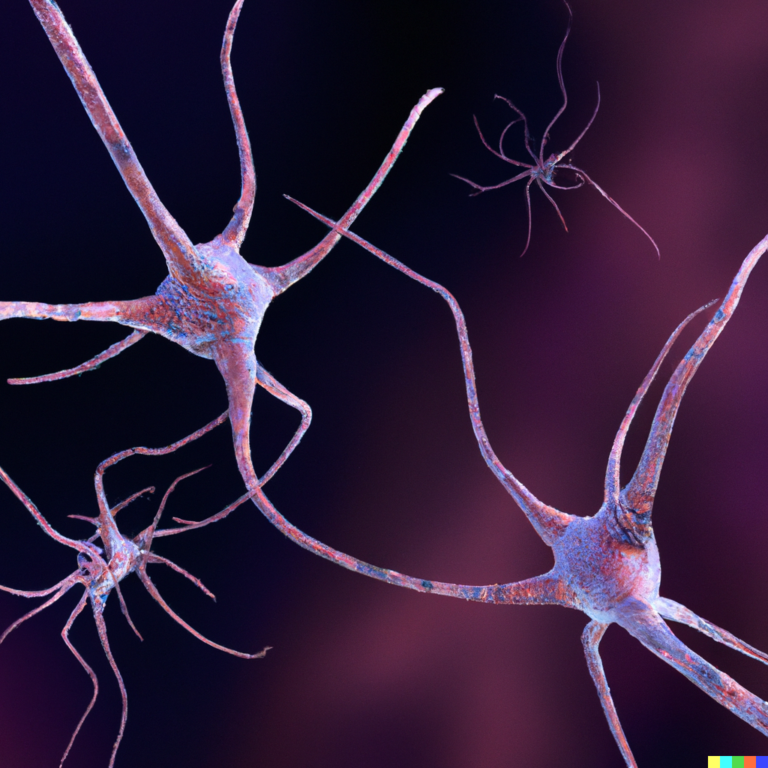Alzheimer’s disease is a progressive brain disorder that affects millions of people worldwide. It is characterized by memory loss, confusion, and difficulty with language and decision making. Despite decades of research, there is still no cure for this debilitating disease. However, a recent study has left experts in the field of Alzheimer’s research speechless.
The study, conducted by researchers at the University of California, Irvine, has uncovered groundbreaking evidence that challenges our current understanding of Alzheimer’s disease. The findings have the potential to change the course of research and treatment for this devastating disease.
The study was led by Professor Frank LaFerla, an expert in Alzheimer’s research. LaFerla and his team were studying the role of a specific protein, called amyloid-beta, in the development of Alzheimer’s disease. For many years, it has been widely believed that this protein plays a central role in the formation of plaques in the brain that lead to cognitive decline and memory loss.
However, the results of this study have cast doubt on this long-standing theory. The researchers found that removing the amyloid-beta protein from the brains of mice genetically engineered to develop Alzheimer’s did not stop the progression of the disease. In fact, the mice continued to show symptoms of Alzheimer’s, even without the presence of amyloid-beta.
This discovery has left experts in the field speechless, as it challenges the very foundation of our understanding of Alzheimer’s disease. For years, researchers have been focused on developing drugs that target and remove amyloid-beta from the brain. But now, it seems that this approach may not be effective in treating the disease.
So, what does this mean for the future of Alzheimer’s research? According to Professor LaFerla, it means that we need to look beyond amyloid-beta and explore other potential causes and treatments for Alzheimer’s disease.
This study has also raised questions about the current methods used to diagnose Alzheimer’s. The standard method for diagnosis is through brain imaging and the presence of amyloid-beta plaques. But if these plaques are not the sole cause of the disease, then how accurate are our diagnoses? This opens up a whole new avenue for research into developing better diagnostic tools for Alzheimer’s.
One of the most significant implications of this study is for potential treatments. With the current focus on targeting amyloid-beta, many drug trials have been unsuccessful. But now, researchers may be able to redirect their efforts towards other potential treatments, such as targeting inflammation or tau proteins in the brain.
This study has also shed new light on the complexity of Alzheimer’s disease. It is now clear that it is a multi-faceted disease with various underlying causes. This means that a one-size-fits-all approach to treatment may not be effective. Instead, personalized and targeted treatments may be necessary for each individual patient.
The results of this study have also highlighted the importance of continued research and collaboration in the field of Alzheimer’s disease. Professor LaFerla noted that this study would not have been possible without the collaboration of researchers from different disciplines, including neurology, genetics, and molecular biology. This highlights the need for a multidisciplinary approach to tackle complex diseases like Alzheimer’s.
While this groundbreaking study has left experts in the field speechless, it is just the beginning of a long journey towards understanding and treating Alzheimer’s disease. There is still much more to learn and discover, but this study has opened up new doors and opportunities for research.
In conclusion, the new Alzheimer’s study has left experts in the field speechless and has the potential to change the course of research and treatment for this devastating disease. It challenges our current understanding of Alzheimer’s and raises important questions about diagnosis and treatment. But most importantly, it gives hope to the millions of people affected by Alzheimer’s disease, knowing that there are still many possibilities to explore in the fight against this relentless disorder.





